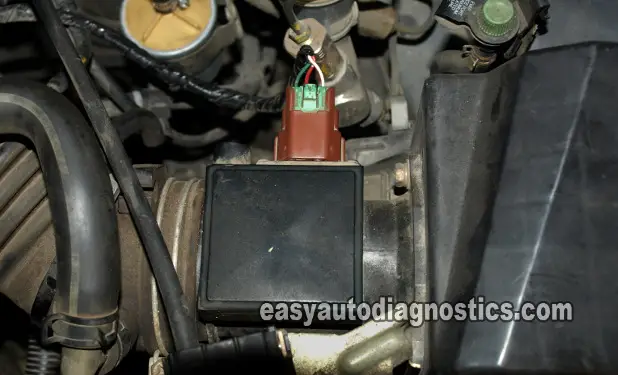


The important thing to know when verifying the MAF signal is not to look for a specific MAF signal voltage reading a specific RPM but to verify that the DC voltage signal rises smoothly when the engine is accelerated and returns to its initial DC readings when the engine returns to its idle. Therefore, the DC Voltage signal the MAF sensor will output to the PCM is less at idle than at 2,700 RPM. Specifically, the air that the engines breathes at idle (lets say an idle of 800 RPMs) is less than the air the engine needs at 2,700 RPMs.

In a nutshell, the MAF sensor measures the amount of air the engine is breathing and converts this measurement into a DC voltage signal the PCM (Powertrain Control Module=Fuel Injection Computer) can use to calculate Fuel Injection. Here's a little background information to help you understand what you'll be doing in this test step. Now that the basics have been checked, we'll check the MAF signal coming out of the sensor and going to the ECM.


 0 kommentar(er)
0 kommentar(er)
